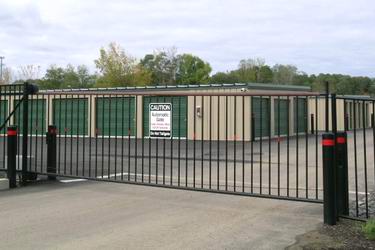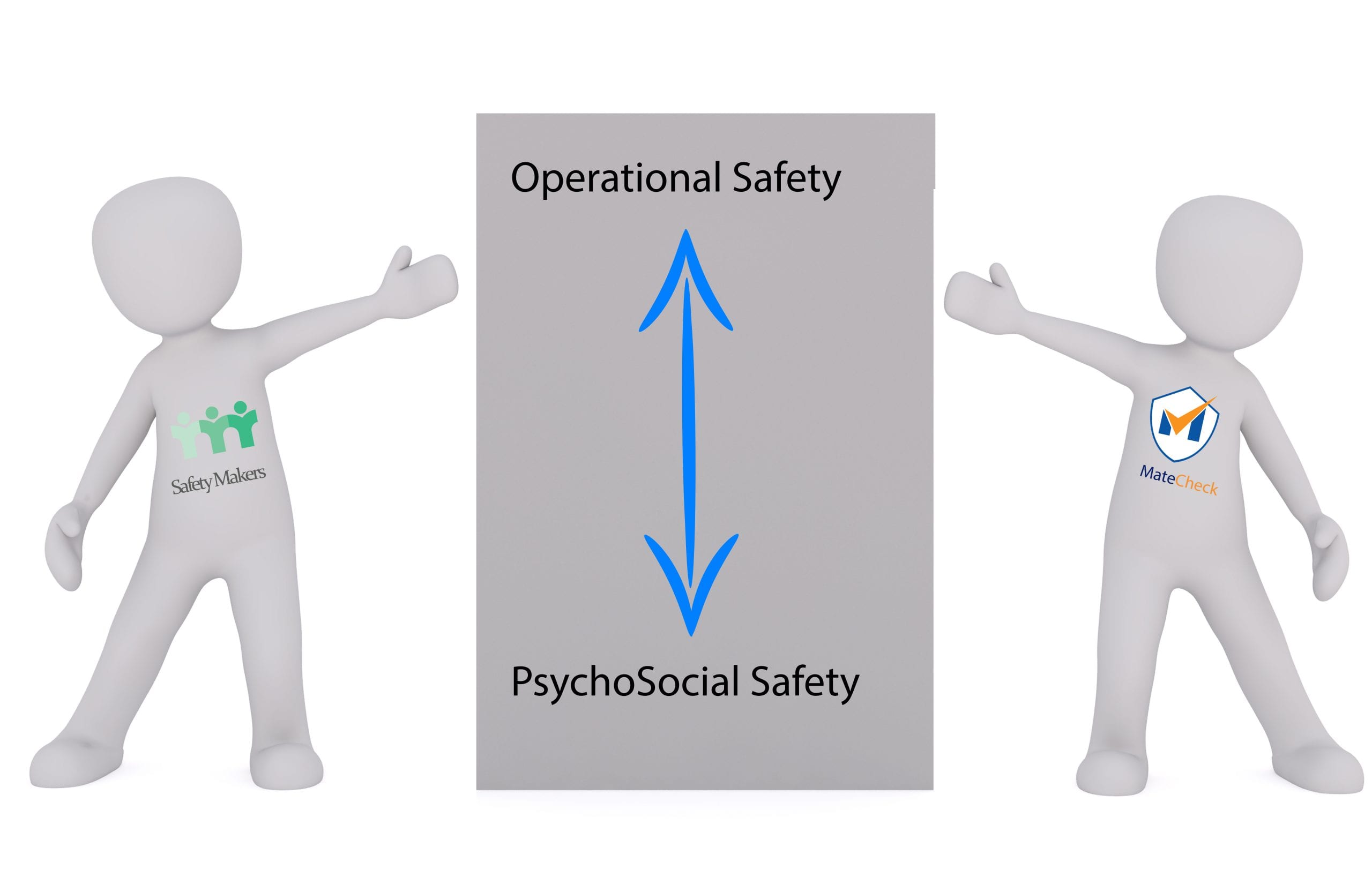Speaking up about noise at work
Too much noise at work can lead to temporary or permanent deafness, hearing loss, or tinnitus (ringing in the ears). Hearing damage can occur from extended exposure to noise, or from a sudden explosive sound.
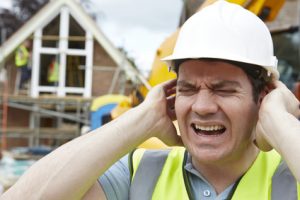
According to Work Safe NSW, over the past 3 years more than 8,000 workers have been affected by noise-related injuries in NSW workplaces, with more than 90 % of those workers injured, left permanently disabled.
There are specific Work Health and Safety laws about controlling the risk of noise in the workplace. To control the risk to workers from excessive noise business owners must:
- Manage the risks of workers suffering from hearing loss from noise at the workplace
- Ensure noise levels at work do not go above:
- an average exposure level of 85 decibels over an 8 hour period
- peak noise levels no greater than 140 decibels at any time during the day
- Provide Audiometric Testing for any workers who are at risk of exposure to excessive noise.
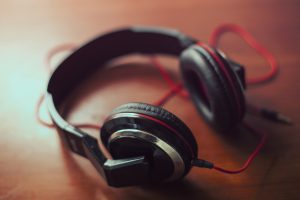
It is important to know that if any of your workers are exposed to excessive noise, Audiometric Testing is required within 3 months of starting work and at least every 2 years on-going if the exposure to noise continues.
Ideally, noise levels at work should be kept below:
- 50 decibels if the work requires high concentration or effortless conversation
- 70 decibels if the work is routine, fast-paced and demands attentiveness, or if it is important to carry on conversations while working.
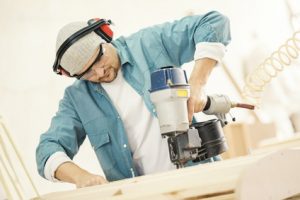
Here are a few simple ways to help you keep noise levels low at your workplace:
- Buy the quietest plant and machinery for the job. Always ask the manufacturer or supplier for information about plant or machinery operating noise levels before purchasing
- Change the way you do the job. Think about how to perform the job without generating noise or reducing noise levels. For example: use glue instead of hammering, welding instead of riveting
- Reduce noise levels at the source. For example: fit silencers to exhausts, turn down the volume
- Isolate the source of the noise. For example: use barriers, remote controls or sound-proof covers.
- Reduce exposure levels. For example: restrict access to noisy areas, provide quiet areas for rest breaks, limit time for individual workers spent in noisy areas.
- Use personal hearing protection. Remember, using hearing protection is a last resort…… implement other, more effective controls first.
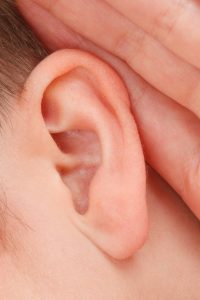
If you have a noisy workplace, Safety Makers has a range of WHS documents to help you identify, monitor and manage your workers’ risk of exposure to noise.
Visit our Safety Makers on-line shop.


